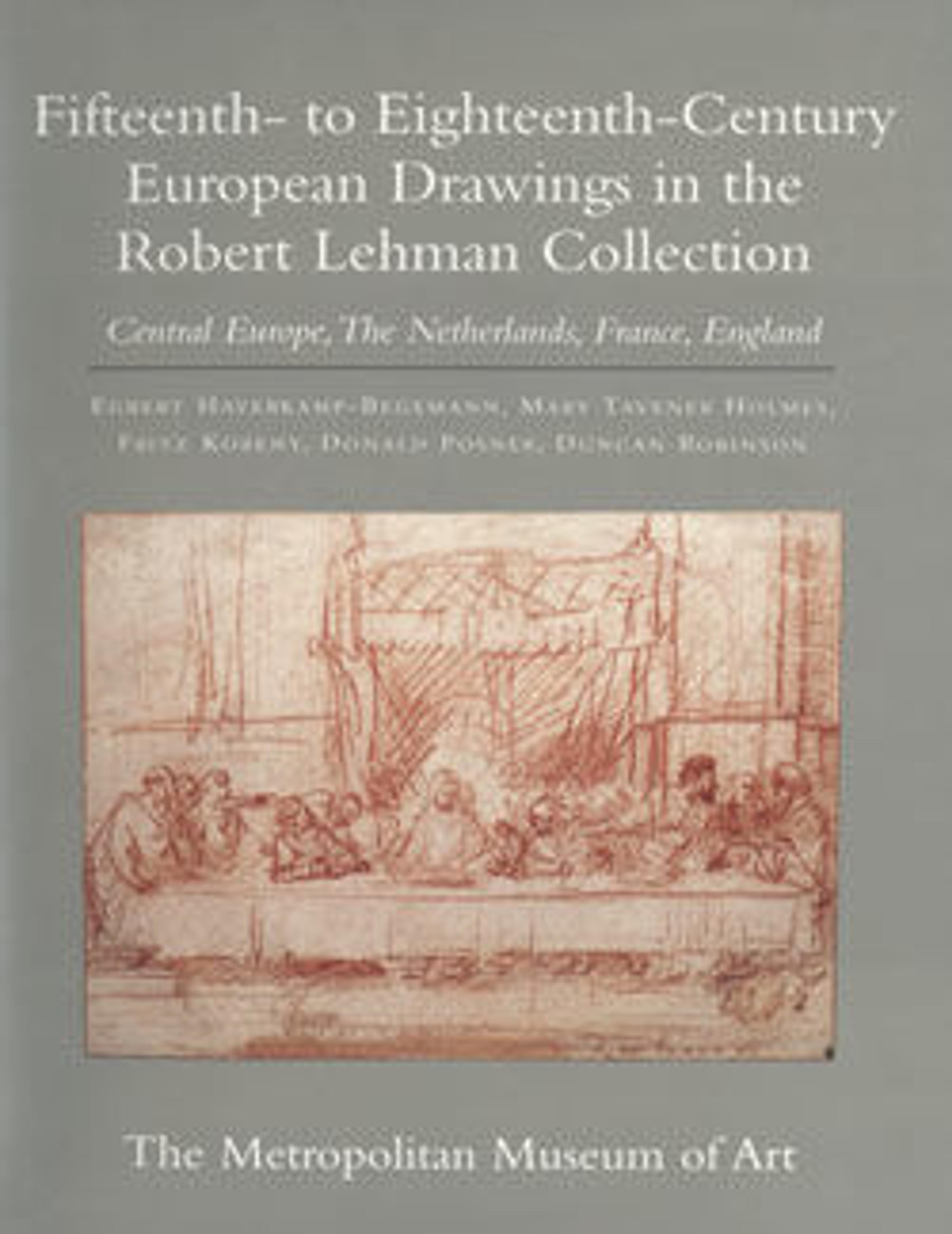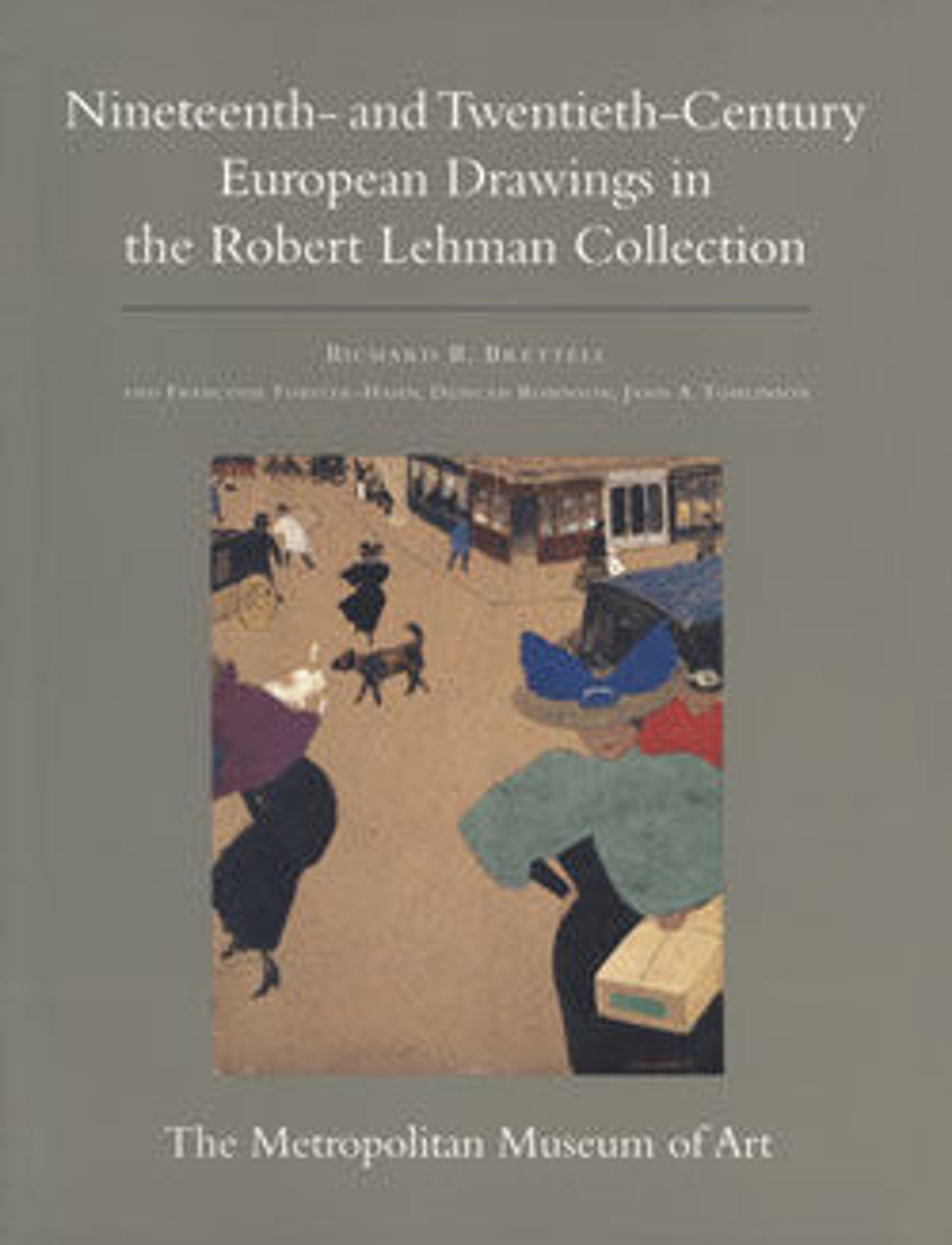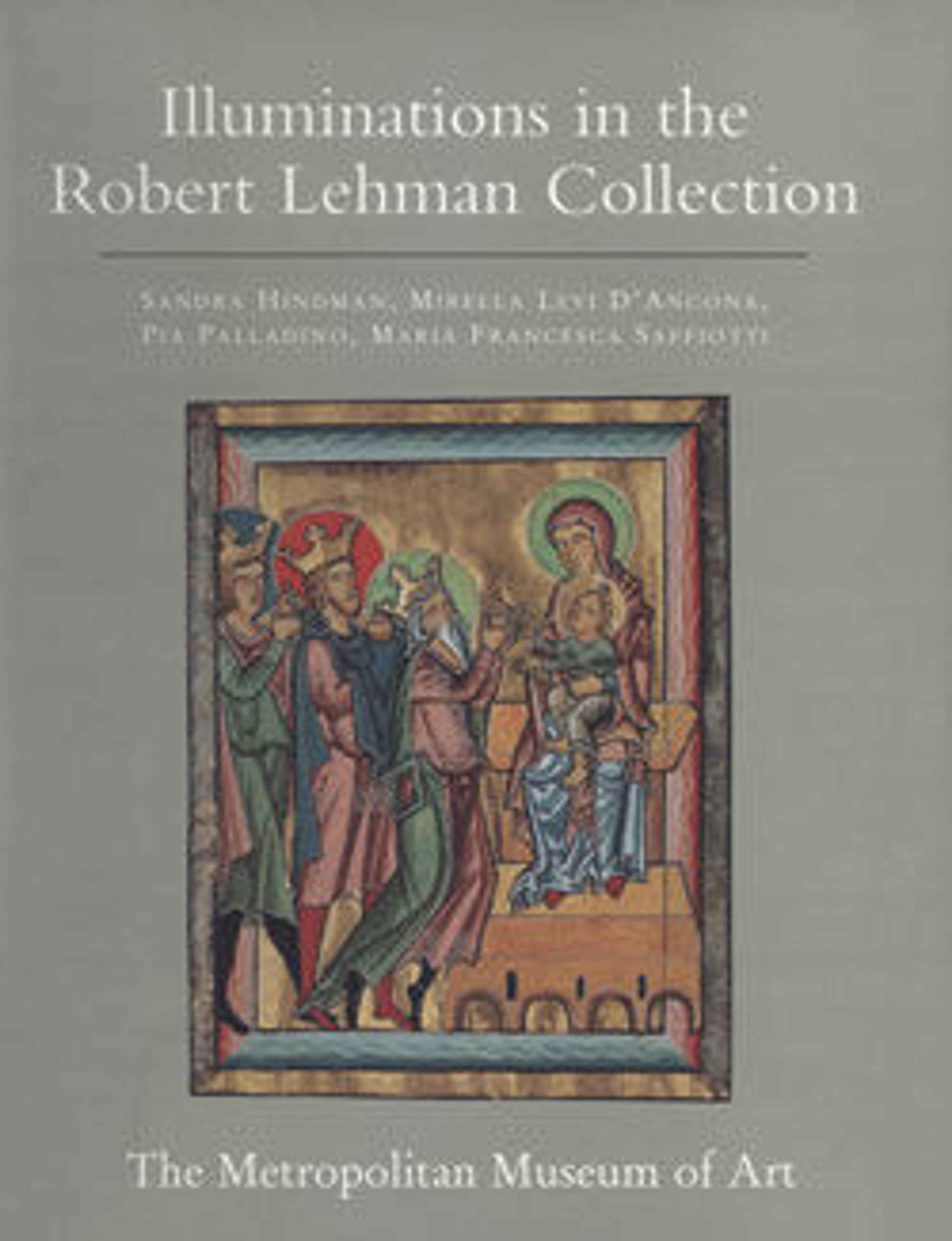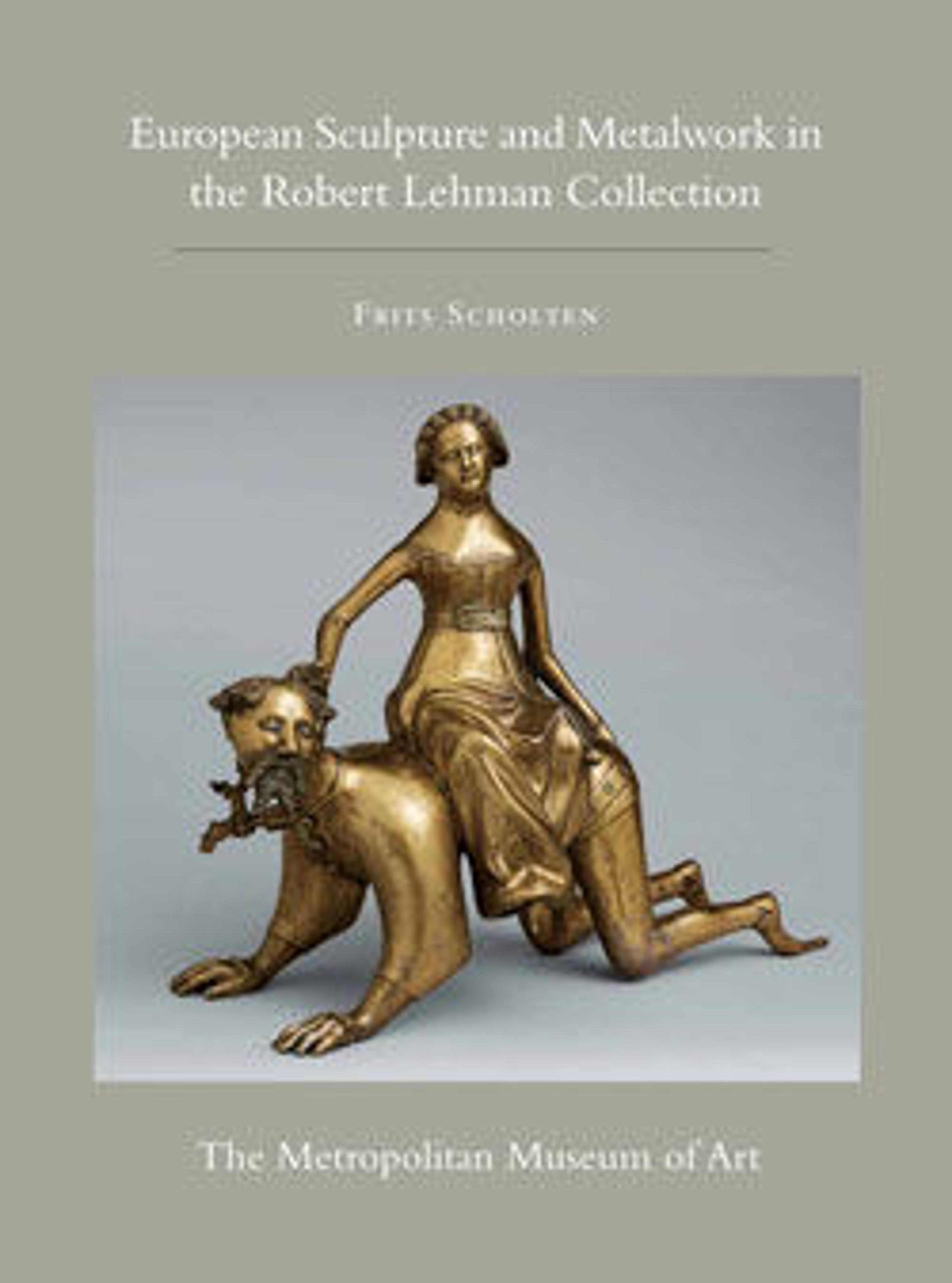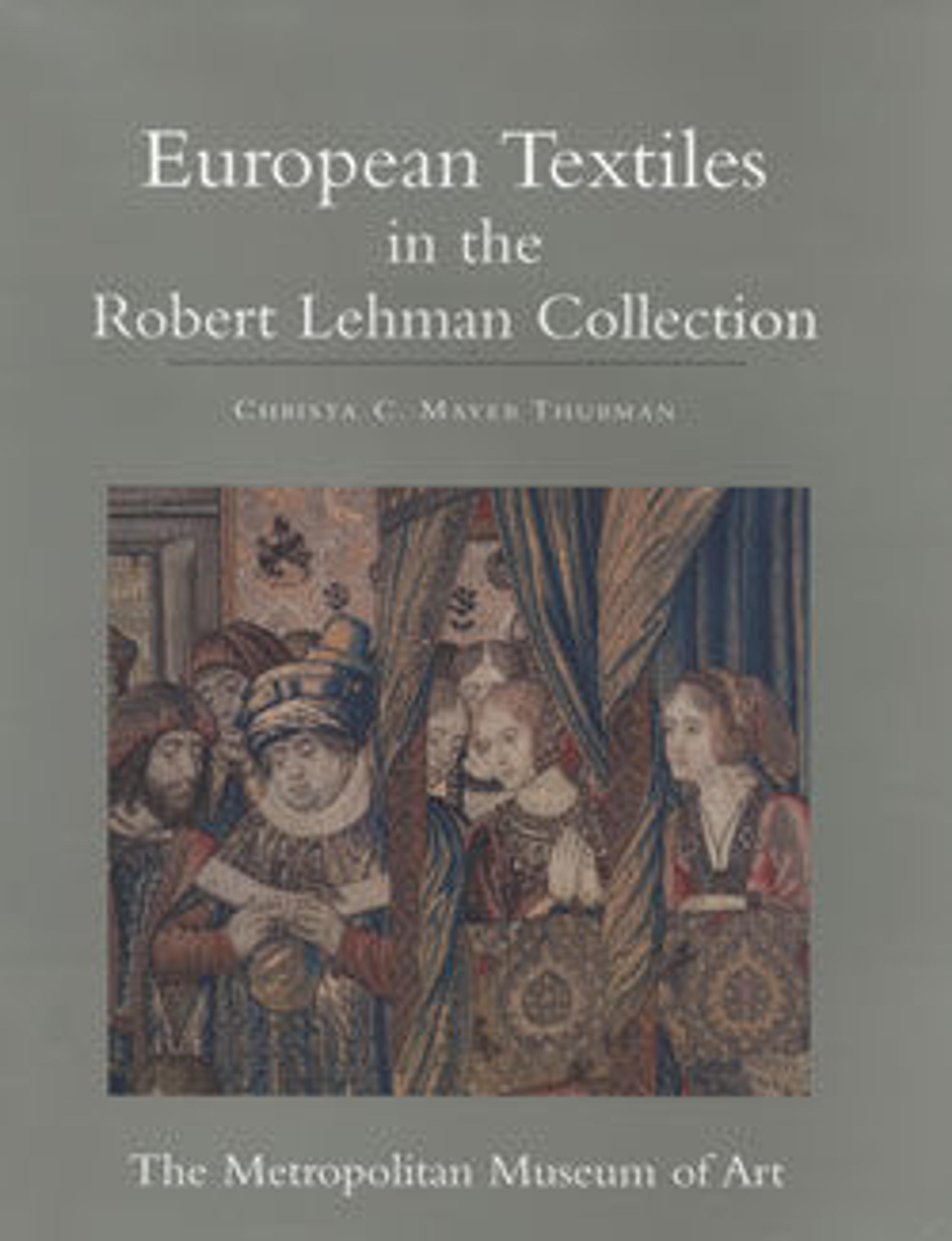
The Robert Lehman Collection. Vol. 14, European Textiles
Robert Lehman and his father, Philip Lehman, purchased textiles with the same well-trained eyes they used to acquire paintings, drawings, and decorative arts in general. This volume catalogues the more than 250 textiles and objects made of fabric that were part of Robert Lehman's bequest to The Metropolitan Museum of Art in 1975. Many of these textiles were used as hangings, covers, or upholstery to embellish the Lehmans' elegant town house in Manhattan. They represent sixty-five years of assembling, owning, and living with historic fabrics on a day-to-day basis, and for scholars and laymen alike they document an American style of living and interior decoration that has largely disappeared.
Among the most distinguished and historically significant objects in the Robert Lehman Collection are four large tapestries, including the Last Supper after Bernaert van Orley that is arguably the finest Renaissance tapestry in an American collection, and two series of embroidered roundels from fifteenth-century Flanders that illustrate episodes from the lives of Saint Martin and Saint Catherine of Alexandria. The Collection also includes a great number of ecclesiastical vestments and panels of magnificent silks and velvets in a vast array of techniques and styles that span six centuries.
Christa C. Mayer Thurman, one of the foremost authorities in the field, is the Christa C. Mayer Thurman Curator of Textiles and Textiles Conservator at the Art Institute of Chicago. Her thorough analysis of the Lehman holdings makes a significant contribution to scholarship in European textiles. A number of comparative illustrations supplement the catalogue entries, and the volume includes a glossary, a bibliography, and an index.
Met Art in Publication
You May Also Like
Press the down key to skip to the last item.
Citation
Mayer-Thurman, Christa Charlotte. 2001. European Textiles. The Robert Lehman Collection 14. New York Princeton (N. J.): Metropolitan Museum Princeton university press.

